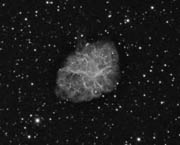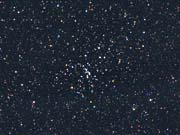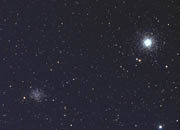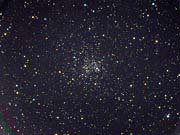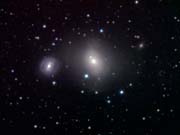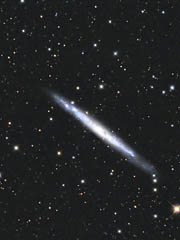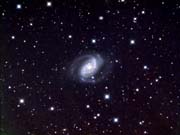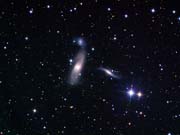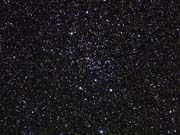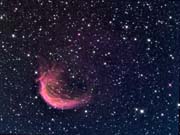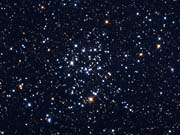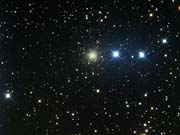January 2020 was effectively a no-go for imaging - a succession of low pressure systems bracketed a high pressure system which unfortunately was also full of cloud. But a four hour window on 18-19th of the month gave me an opportunity to capture this (cropped) image of Messier1. It's made up of 8 x 30 minute Oxygen III subs, QSI683 on RC10, binned 2x2. I went for it following an observation by Olly Penrice of the 'tail' at the top which had not generally been imaged, and is mainly visible with an OIII filter. I hoped to get more data to complete a colour image, but even into February the skies were disappointing, and Taurus was rapidly westering! Watch this space! Full size
